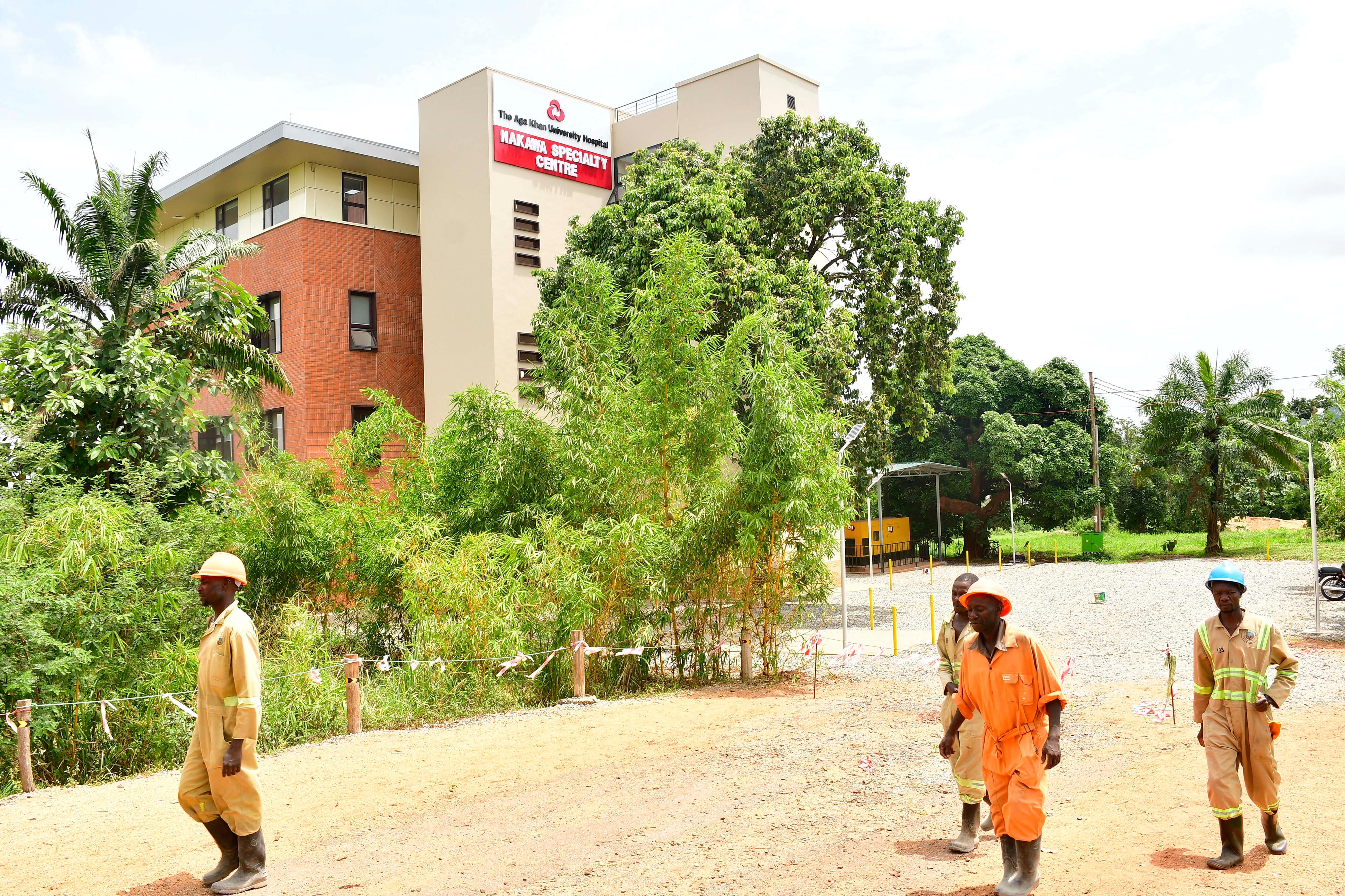Kalangala struggling to contain waterborne pollution in communities

Unhealthy. Fishermen on their boasts at one of the dirty landing sites in Kalangala District recently. FILE PHOTO
What you need to know:
- Crisis. The chronic lack of clean water and proper sanitation in the district has exposed residents to water borne diseases such as diarrohea, typhoid and cholera.
Kalangala. Communities living in Kalangala District stand a greater risk of contracting waterborne diseases arising from the increasing consumption of unsafe water and poor sanitation.
The chronic lack of clean water and proper sanitation in the district has exposed residents to water borne diseases that include bilharzia; diarrhea, typhoid and dysentery-all of which are related to consumption of contaminated water.
Kalangala District is located in Southern Central Uganda and the communities depend on fishing, tourism and agriculture for a living.
But as is the case with other island communities, water-related diseases are a common occurrence in Kalangala District, which largely depends on Lake Victoria and communities view the lake as their major source of water for domestic use.
Mr Edward Bugimbi, the Kalangala District Health Inspector explains to Daily Monitor in a recent interview that during the rainy season when running water erodes waste material, the typhoid, cholera and other threats are common since faecal matter is disposed of directly into the lake for lack of toilets.
Few toilets
The toilet coverage in Kalangala District stands at around 19 per cent. This means very many communities use the bushes as toilets and others make use of a few public toilets around the landing sites.
For instance, a landing site with about 2,000 people has one four stance pit latrine.
Plastic bags are also used as mobile toilets and are dumped anywhere, littering the area and contaminating the lake whenever it rains.
Rapid urbanisation has made the situation complex where unplanned structures have sprung up.
With such poor waste disposal practices, coupled with low latrine coverage in the Island areas, Mr Bugimbi explains that such diseases have become so endemic and require rigorous and sustainable interventions to curtail their spread.
“We had previously tried to exhaust several prevention options such as encouraging people to boil their drinking water before consumption and embracing the use of purifying technologies to those that could afford. However, some people were still reluctant at using the same,” he noted.
Mr Fred Badda, the former Bujumba County Member of Parliament and a resident of Betta Parish confirms that for decades, the district has been pondering about the problem, which according to him has become inborn.
As a way of intervention, the district has taken an initiative to counter the problem beginning from the main Island of Bugala, which is host Island for majority population in Kalangala District.
A report by the Kalangala District NGO forum indicates that the district has of late registered a reduction in the infections at the main Island of Bugala.
The report which underlines Kalangala’s major challenges in the neglected tropical diseases titled: “Clean, safe water deficiency, a case in Kalangala District” indicates that the district has for the previous years tried to set up water distribution units at different landing sites. However, access to safe treated water is worsened by inaccessibility of the utility services to enhance clean and safe water in various parts, especially outside the Kalangala Town Council.
“There is need to streamline a policy that would enhance water pumps around the outlying islands and distribute clean and safe water,” the report suggests.
The aforementioned improvement is largely attributed to efforts by a private service provider of Kalangala Infrastructure Services (KIS), which is currently supplying piped water to the Islanders as part of its scope of business operations.
KIS is now operating the pioneer clean-safe water supply station in Kalangala, at a standard of the government’s entity of the National Water and Sewerage Cooperation (NWSC), which had not gained the required capacity to extend its services to the Island district.
Contaminated water
Mr Bruno Mugabe, the KIS water project officer told Daily Monitor that they currently have 520 connections including at least 100 public stand pipes. The are essence preventing majority of the residents from fetching their water from contaminated sources.
“We entirely treat this water to international standards to ensure that it is safe for human use. Since we are a regulated government body, our rates have remained affordable because we are also after attracting more customers on the network,” he noted.
In 2013 before the KIS water system, Kalangala received 5731 cases of hygiene related diseases.
These, according to the district health office, are a result of drinking unclean and unsafe water.
However, these have so far lowered to 1079 cases registered in the previous 2015/2016 Financial Year since the connection and generation of safe water sources across all landing sites.
But Mr Willy Lugolobi, the district chairperson says they are bothered by the other outlying Islands, where such services have not been extended as yet.
Outlying islands including Buwuvu, Bukasa and Bufumira generate water through a gravity flow system yet other islands have small pumps whose capacity produces water from the lake for direct usage.
“Such water in the outlying islands is never safe and would be the only alternative to fetching water from the lake, which is partly to blame for several water borne diseases,” he says.
Mr John Opondo, the KIS country managing director reveals that to realise the public aspiration, an engagement with the government is key to adjust their concession agreement such that they can expand their coverage area of supply.
Apparently, there is also ongoing trails on an imported new technology known as ‘sawyer water filter’ invented by a student from Nottingham University, which is being tested for its efficacy in improving water for personal consumption after filtration and titration processes.
Once proved effective, it will be a good addition to the pursuits of improving lives on the islands.




